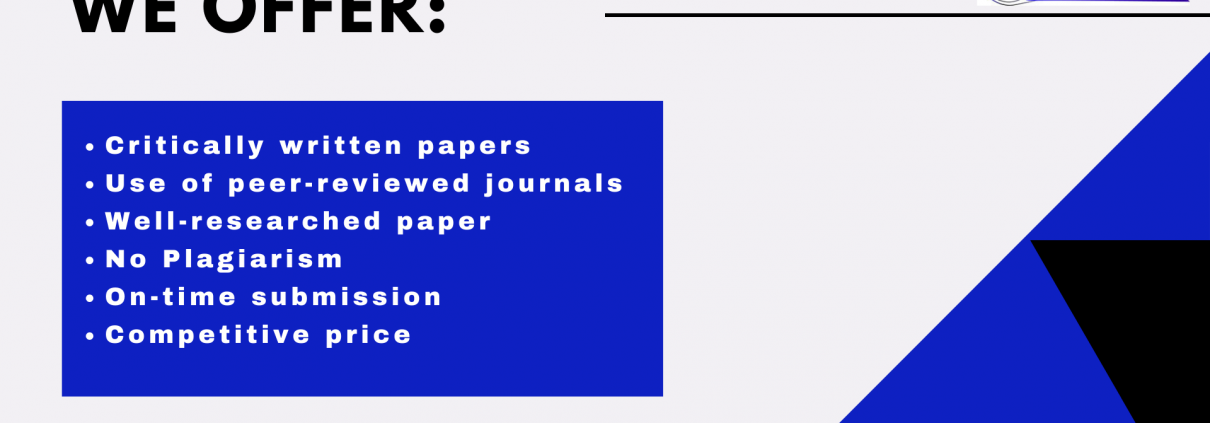INTRODUCTION
Occupational accidents and injuries are very common within industrial premises and such accidents are also fatal. Thus it is important for an organization to create a very safe and reliable environment with the help of health and safety management.
The following study aims at understanding what health and safety management means, and discusses its historical background. Its elements include – proper planning, policies framed, monitoring, and supervision. It further includes contents regarding proper implementation of such management system through proper analysis of the workplace, addressing workplace emergencies as well as illumination of various industrial safety policies. The study focuses on the essentials of health and safety management, regarding the competitiveness of the organization. Hence, discussion regarding the roles of an organization in reviewing industrial safety measures and their time monitoring also becomes important.
The overall content of this study thereby stresses the absolute necessity of carrying out updated organizational health and safety management system integrated into everyday processes throughout the organization for its constant growth.
DEFINING ‘HEALTH AND SAFETY MANAGEMENT
Health and safety management refers to the approaches, policies,
strategies, procedures, and activities implemented by the management of an
an organization with the objective to prevent occupational accidents and injuries at
work. Stress has been given on safety management practices, proactive policies, and measures that are set up for the prevention of occupational accidents and injuries. Health and safety management practices are able to address threats and situations that can stimulate the occurrence of human errors by raising the safety standards in the organization and hence preventing occupational accidents and injuries. Although different researchers propose variously
components of safety management practices, generally speaking, the following safety
practices have been widely considered: management commitment, safety training,
safety rules and procedures, workers’ involvement, safety promotion policies, and
safety communication and feedback (Subramaniam, et al. 2016).
Health and safety management includes major safety standards needed to be followed that interrelates between quality, productivity, and safety within a given industry. The inclusion of such health and safety standards adds up to a firm’s core value which is necessary for its overall growth. It is inclusive of various elements. The rules and regulations inculcated within this management help to determine what personal protective equipment controls may be necessary for countering hazards within the job.
Generally, health and safety management also involves hazard assessment, suggestive approach for conducting such assessments, identification of proper workplace hazards, active involvement in health and safety matters, provision of information and proper training of all levels within a firm and minute risk analysis. Provision of the health and safety management system within a firm prevents/reduces illness and injuries for both the employees and the contractors. This acts as a very crucial aspect in the development of appropriate business processes and prepares the firm in case of accidental hazards that can lead to loss of lives (Deng, et al. 2019).
A brief history of occupational health and safety management
Prior to 1970, workers’ safety and health did not have much prominence. Struggles were evident among workers and employee organizations regarding proper industrial safety. However since the establishment of OSHA, the scenarios have changed and workers’ safety and health developed into public concerns and has now led to many practices that root workers around the world today (Brauer Roger, 2020).











